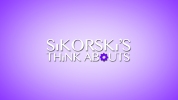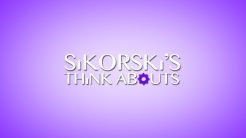Here is the 5th of my series on “Back to Telephone Basics” to share with your staff.
We all need to choose our words carefully when speaking especially to our customers. Some words can turn them off instantly.
Don’t say – “You have to…” A customer’s natural response could be “I am the customer, I don’t have to…”
Instead say – “(customer’s name) would you please”
Don’t say – “I’ll try…” This approach is non-committal and makes customers think you are giving them the brush off
Instead say – “I will have to find out and call you back (customer’s name)…”
Don’t say – “But…” This often negates everything that you said before using this word
Instead say – “However,…” This word offers a smoother transition to new alternatives and options
Don’t say – “It is against our policy…” Customers just may reach the boiling point and start yelling when you retreat to this phrase
Instead say – “It is our procedure not to…”
This week’s question for your employees – What do you wish you could do to help our customers?
Thank you reading and sharing!
Warmest regards,
Laura Sikorski – Independent Call Center Consultant



















